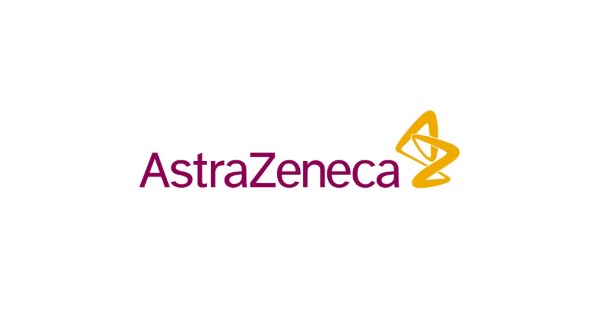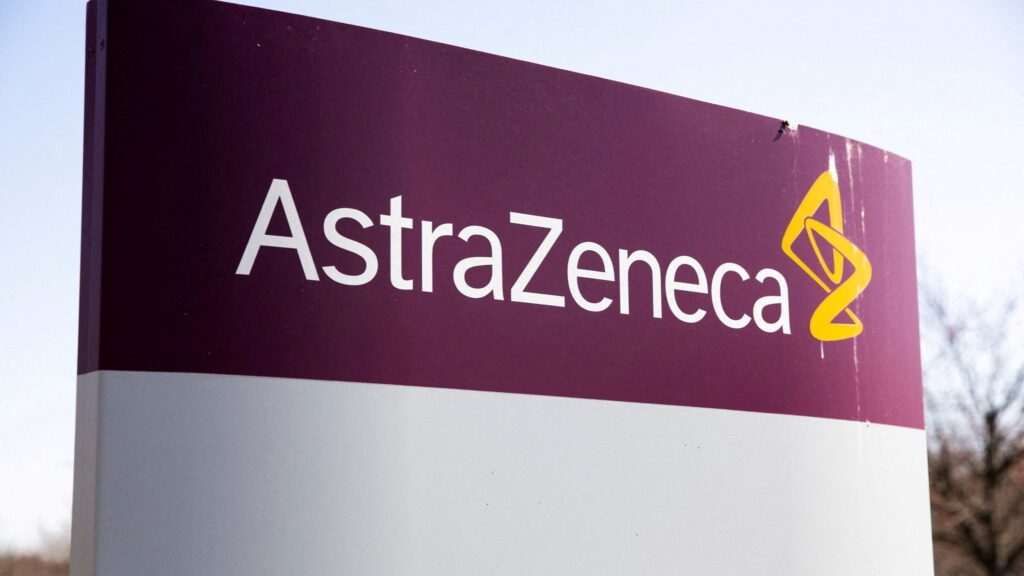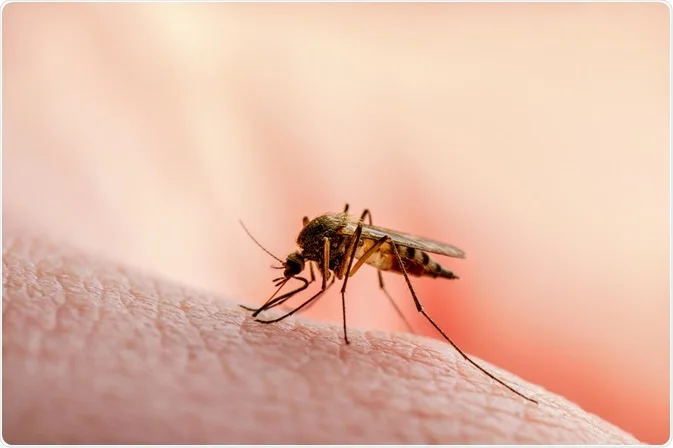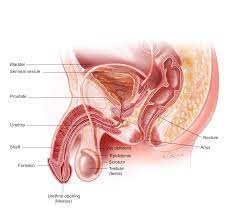AstraZeneca’s Tagrisso-Chemo Combination Sets High Standards for J&J’s Cancer Drug, Say Analysts


AstraZeneca
AstraZeneca (AZN.L) released data from a late-stage trial, where they combined their highly successful cancer drug, Tagrisso, with chemotherapy to treat a specific type of lung cancer. This development has set a significant benchmark for Johnson & Johnson’s (JNJ.N) competing treatment, according to analysts.
A preliminary summary of the Phase 3 trial, named FLAURA2, was made public in May, and the comprehensive data was unveiled at the World Conference on Lung Cancer in Singapore on Monday.
The results from FLAURA2 demonstrated that when chemotherapy is added to Tagrisso, the risk of disease progression or death is reduced by 38% compared to Tagrisso used in isolation.
Furthermore, the median progression-free survival (PFS) was extended to 29.4 months, representing a remarkable 9.5-month improvement over patients who received Tagrisso as a standalone treatment. Progression-free survival measures how long a patient lives without the disease worsening after treatment.
Both Barclays and UBS, in separate reports, hailed these robust results as a positive development for the British pharmaceutical giant. They noted that this outcome sets a high bar for Johnson & Johnson, which is expected to release results later this year from its head-to-head trial comparing Tagrisso in isolation to their own drug, Rybrevant, when used in combination with another medication, a study known as MARIPOSA.
UBS referred to the data as “a bit of a clearing event” that reduces risk for AstraZeneca, given that Tagrisso is seen by analysts as a key driver of growth in the short and medium term. The drug raked in an impressive $5.4 billion in sales just last year.
Despite these positive developments, AstraZeneca’s shares experienced a 3.3% dip at 1128 GMT. Two analysts cited a report in the Mail on Sunday newspaper, suggesting that the company’s CEO, Pascal Soriot, might leave the firm as early as next year. However, Healthcoach Africa could not independently verify this information, and AstraZeneca declined to comment on the report.
Back in April, shortly before the company’s new chairman, Michel Demare, assumed his role, Soriot had expressed his anticipation to collaborate with him “in the years to come.”
Barclays analysts highlighted that the FLAURA2 trial data presented on Monday included surveys involving both doctors and patients. These surveys showed a strong preference for the convenience of a single therapy compared to combinations. “We think that this raises the bar even, perhaps a bit higher, ahead of the MARIPOSA results,” the Barclays note concluded, as Johnson & Johnson is contrasting Tagrisso as a standalone therapy against their combination treatment.



